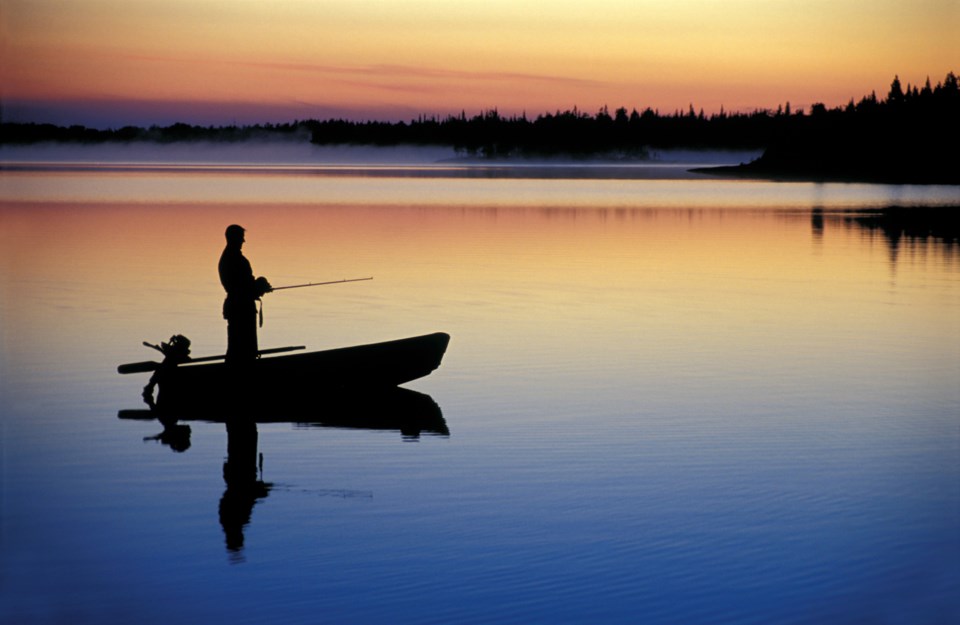TORONTO — The Ontario government is proceeding with the establishment of four bait management zones across the province in an effort to limit the spread of aquatic invasive species and fish diseases.
In an announcement Tuesday, the Ministry of Natural Resources and Forestry said the strategy will restrict the movement of most bait to the same bait management zone where it was harvested.
The new plan will see northern Ontario split into two large zones, one for the Northwest and one for the Northeast.
Anglers who wish to use live bait outside their own zone will have to buy it from a licensed commercial bait operator in the zone where they plan to fish.
An earlier version of the plan proposed four bait zones across the north, but it was revised after feedback from stakeholders.
The MNRF estimates that more than four million fishing trips involving the use of live bait take place each year in Ontario, and that one-quarter of these trips occur over distances greater than 400 kilometres.
Biologists have been concerned because live bait harvested in one area of the province has been shipped, sold and later used in another region, increasing the risk that illegal or infected bait will spread disease to other fish populations.
The government has designated 34 fish species that may be used as bait.
Anglers are allowed to possess up to 120 baitfish and 120 leeches, whether self-harvested or purchased from a commercial harvester.
Commercial operators are not restricted in the amount of bait they can possess, but remain responsible for the sustainable management of bait in their Bait Harvest Areas.
Natural Resources Minister John Yakabuski said the government will continue to work with stakeholders in implementing the plan to ensure a smooth transition.
The strategy, now posted on the Environmental Registry of Ontario, https://ero.ontario.ca/notice/019-0518, was developed with input from bait operators, anglers, and Indigenous communities.
